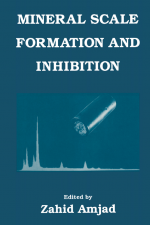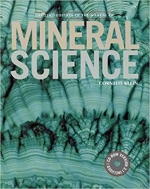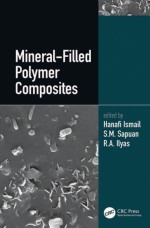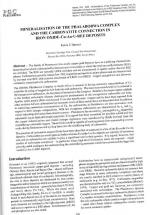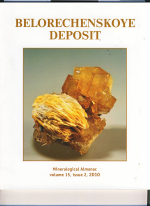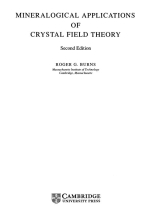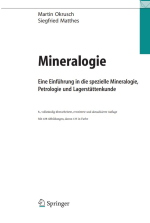Orogenic gold deposits localized in carbonaceous sedimentary (black-shale) complexes are major contributors to worldwide balance of gold extracted from the crust, though there is a limited consensus about the role of host sedimentary rocks, involvement of external (i.e., magma-derived) fluids and brittle deformations into ore remobilization and transport. This paper presents the original results of mineralogical, petrographic and isotopegeochemical
studies of rocks and ores from the large Krasniy gold deposit (Baikal-Patom plateau, southern Siberian craton) given in comparison with the thoroughly studied giant Sukhoi Log deposit, with both deposits hosted by the Neoproterozoic carbonaceous metasedimentary rocks.


